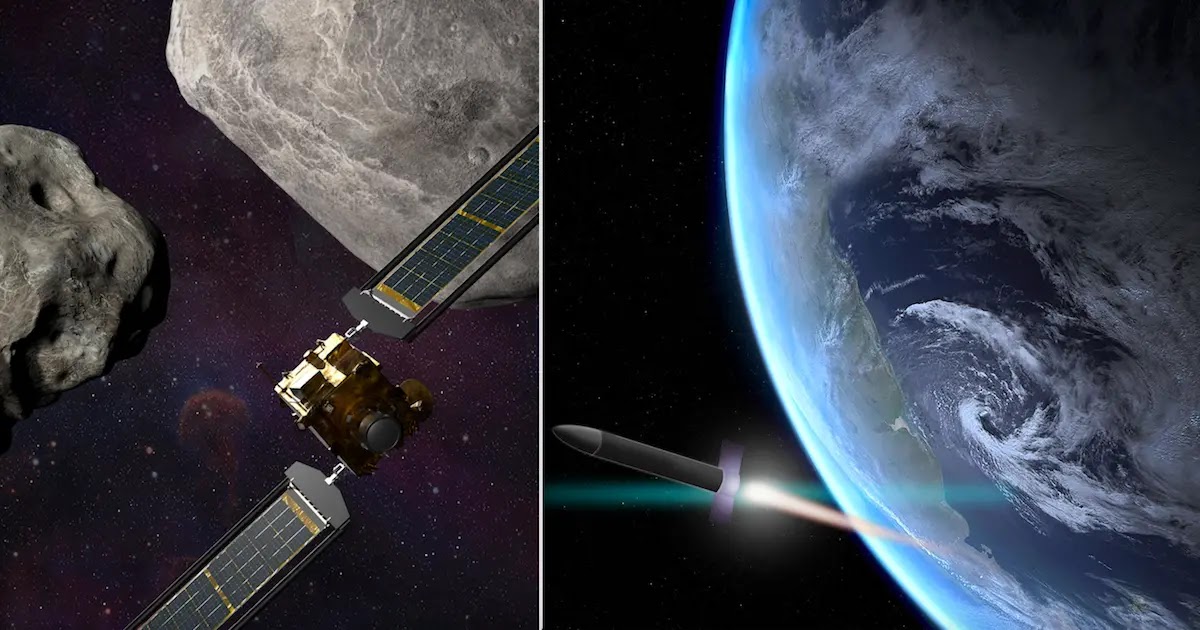A NASA spacecraft designed to protect Earth from asteroid strikes has returned its first images after launching just 2 weeks ago. The Double Asteroid Redirection Test (DART) spacecraft opened its imaging lens and camera system, known as DRACO, and began beaming back images of stars sitting in space.
The launch team had feared that the huge drop in temperature and unexpected vibrations during launch may have damaged the imaging lens. However, the images appear crystal clear and the spacecraft in full working order.
DART now sits 2 million miles from Earth and will move further into the solar system and obtain clearer images of the cosmos before its dramatic mission comes to an end. The team on the ground will now be able to point the camera in however manner they wish and develop a better understanding of objects in space.
The most important element of the DART space mission is that technology and tactics will be trialled that could be used to protect Earth from potential future asteroid collisions. Among the technologies being tested are observational tools that can detect dangerous objects with a trajectory towards Earth, and the ability of spacecraft to deflect incoming objects. DART itself is heading towards the binary near-Earth asteroid Didymos, which is about 740 meters (2,427 feet) across and sits between the orbits of Earth and Mars. Next to Didymos is a smaller asteroid which DART itself will attempt to impact and change its course through space, the first time any such action has been attempted by humankind.
DART itself was in part developed by NASA's Planetary Defense Coordination Office, the world's first and only planetary defence system, which aims to develop means through which Earth can avoid a potentially cataclysmic impact from a foreign body. If DART is successful in changing the trajectory of the asteroid, it could prove a major breakthrough for humanity. Many have already noted the similarity between the DART mission and the hit-move Armageddon.
At present, scientists know of at least 26,000 so-called 'near-Earth objects' and 4,700 potentially hazardous objects, which if they collided with Earth would cause major damage, or even wipe out life as we know it.
[Based on reporting by: SciTechDaily]















COMMENTS